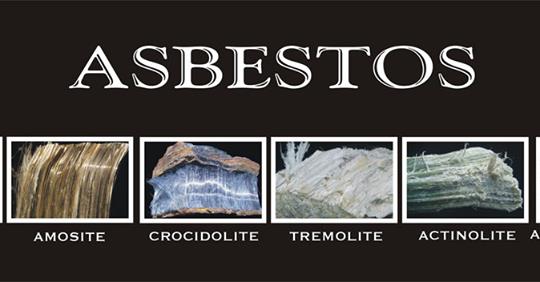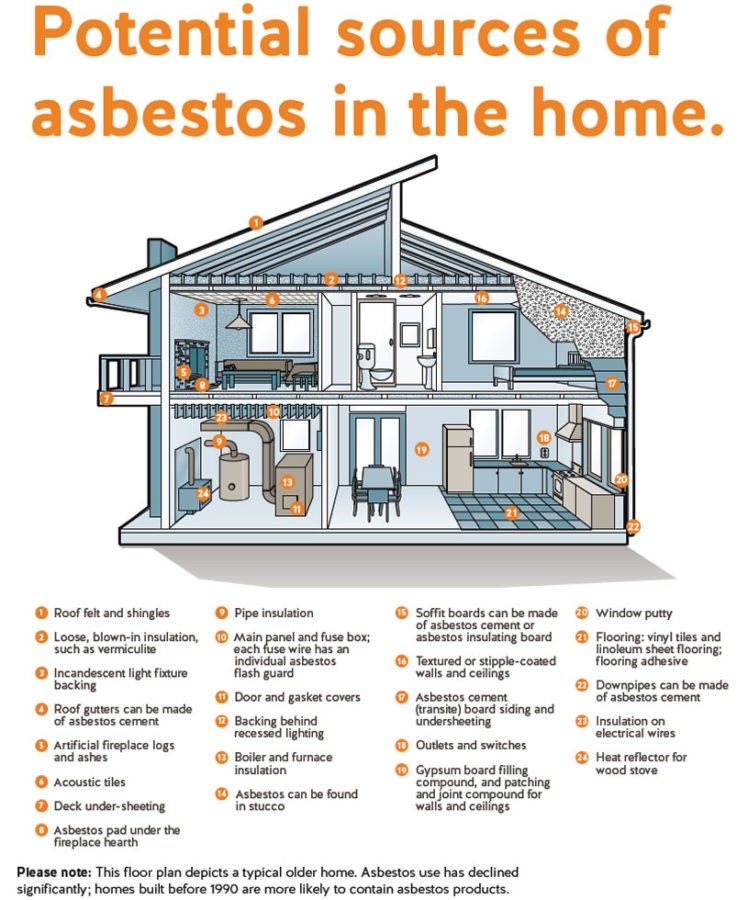How to Avoid Renovation Health Hazards
How to Avoid Renovation Health Hazards
Applying a little foresight and forward planning can help to prevent renovation health hazards. Through the past decade, I have found that many of my clients have experienced health issues due to factors in their homes, I call these hidden hazards.
In order to equip you with information and strategies while renovating your home, I am going to share with you 5 of the common hazards… and give you strategies on how you can tackle them safely and effectively.
Mould
I’d say mould is a “complex beast.” Here are some key points in a nutshell:
-
- Ultimately, mould is a moisture issue. If there’s mould, there has been moisture. Conversely, if something is wet for long enough (48 hours) you can have mould.
- There are over 100,000 different types of mould, it comes in many colours and has many different moisture requirements.
- It’s a myth that mould only grows in cold, dark places. Mould spores are present everywhere and can become active when there is enough moisture present.
- Mould can be actively growing, yet be invisible and/or have no odour.
- It’s also a myth that only mould that is black can cause problems to health.
- Not everyone reacts the same way to mould. People can be allergic to it, or become sensitised over time. Others may have an immune system that can deal with it without them even realising it!
- Mould can grow in all sorts of places – even in areas that you can’t see.
The biggest factor when it comes to renovation health risks is that any time you disturb mould, it releases spores. This means any changes to moisture levels, light, temperature, air movement, as well as physically disturbing it, can result in mould releasing spores.
Keep your eyes peeled for any signs of water, mould or damage: wood with “wood rot” (a.k.a. “water damage”), a “high tide mark” in the subfloor and on the stumps, brown stains (typically on ceilings and walls), paintwork that is peeling, cracked or bubbling, and swollen wood (door jambs, cabinetry, kickboards).
If you spot any of these, get in touch so I can advise on how to best manage the situation.

Asbestos
Asbestos is a material that most of us have heard of. I am sure you also know of the health risks, like mesothelioma that can result from asbestos exposure.
However, it is important to know that asbestos does not pose any health risk if it isn’t damaged or disturbed. Which means, you can live in a 1950s home and have no asbestos-related issues if you don’t make holes in the walls or renovate. This is great news – except if you do want to renovate.
Here are some facts about asbestos.
-
- It’s strong, heat resistant and durable
- It was used in a vast range of materials for many decades,
- The peak usage of asbestos was 1950s-1970s,
- Asbestos was banned in 2003, and
- It is impossible to know if a material contains asbestos simply by looking at it.
Apart from “Hardie Boards”, cement-lined asbestos pipes and roof tiles, asbestos was used in electrical cable casing (this is the braided one), window sashes on hung windows, slagging, old laundry tubs, carpet underlays, tiles, bakelite materials and so many other materials.
If your home was built before 2003 and you are planning on a renovation, engage a licensed asbestos inspector to conduct a “demolition survey.”
Lead
Lead has also been widely used in a number of products, and was only phased out from use in paint as recently as 2010. Whilst leaded paint, like asbestos, when it isn’t disturbed poses little risk – if it is sanded or peeling, it can be particularly hazardous to health.
There are often no symptoms of lead poisoning for some years – and common long term effects of lead poisoning include loss of libido, reduced sperm count, lowered IQ, Alzheimer’s Disease, hearing loss, joint pain, stroke, and has been linked to many “diseases of ageing.”
Lead can be present in our homes in paint, solder, flashing (which can get into tank water), lead dust (from busy roads and industry) which can get into the soil or roof space, and even lead lighting.
What is important to know with lead is that the “spot tests” that you can get at hardware stores are extremely unreliable. It is for this reason that they are not something that I recommend. Instead, you can get samples analysed by an accredited laboratory.
If you suspect lead might be present then take extra care:
-
- wear a respirator,
- gloves and coveralls,
- avoid dry sanding,
- avoid removing paint with heat guns,
- manage the dust to prevent secondary contamination, and of course,
- keep pets, pregnant women, young children and the elderly away from areas being renovated.
For more information on lead, a top resource is LeadSafeWorld.

Dust
Dust is certainly something you can certainly expect in any renovation.
But is dust safe?
I always err on the side of caution, and I would say, “no.” Better safe than sorry, right?
Dust can contain allergens such as house dust mites and pollen, but also lead and other heavy metals, asbestos, pesticides and herbicides (such as glyphosate), rodents, faeces, dander, frass and more.
Two places where dust pose the biggest risks are carpets and the roof space.
Any time you are doing anything involving the ceiling or roof space be sure to have the dust removed prior. This could be installing insulation to cutting out a piece to installing downlights, and so on.
You can find specialists in dust removal at Australian Dust Removal Association.
For carpets, I recommend that you spray them down with water, cut them into strips, roll each strip, wrap in a tarp and take it out to the skip. This will prevent dust becoming airborne as well as reduce the risk of spreading it through other parts of your home.
And of course, personal protective equipment is always recommended!
Plan Ahead and Avoid Renovation Health Hazards
Whilst we know how easy it is to get swept up in the vision and planning… However, you are now armed with important information to protect yourself and your family from the most common renovation health hazards.
If you’d like advice on your particular situation, please book a call with me.


